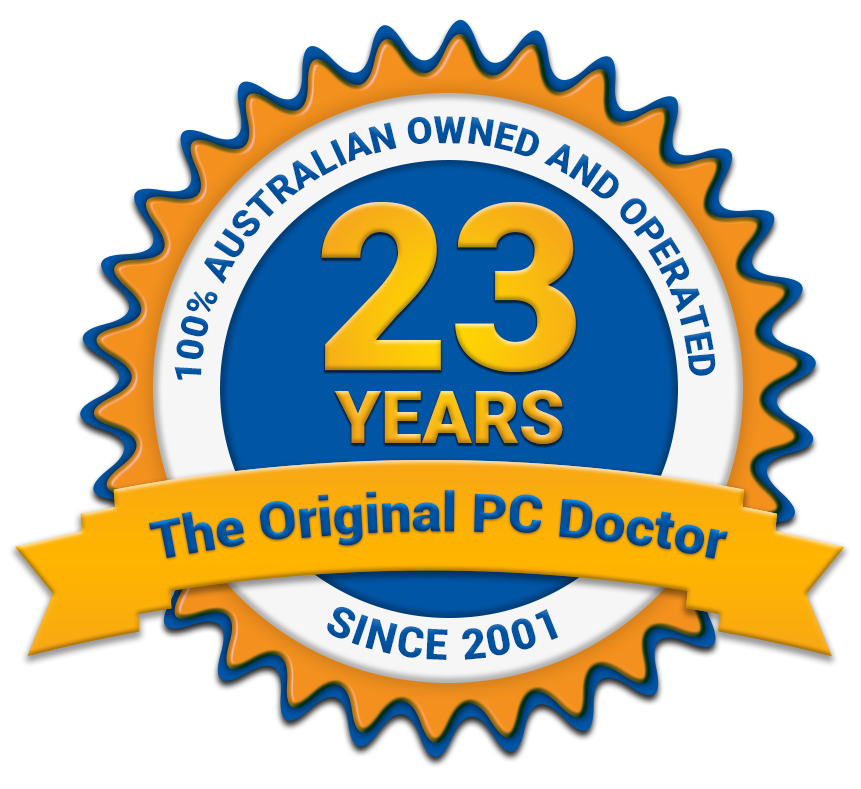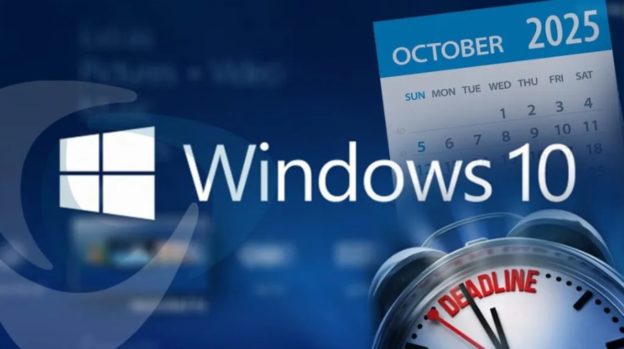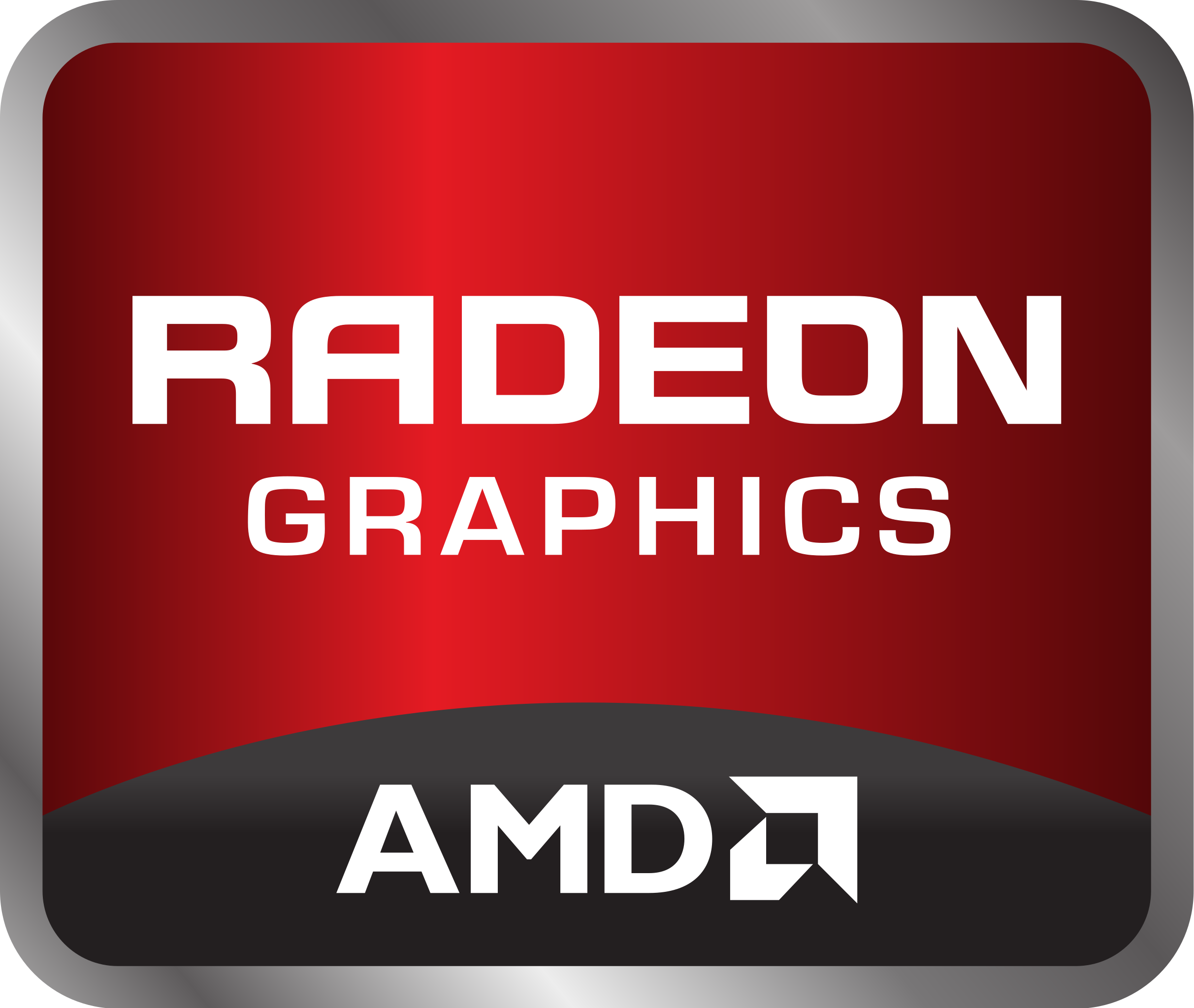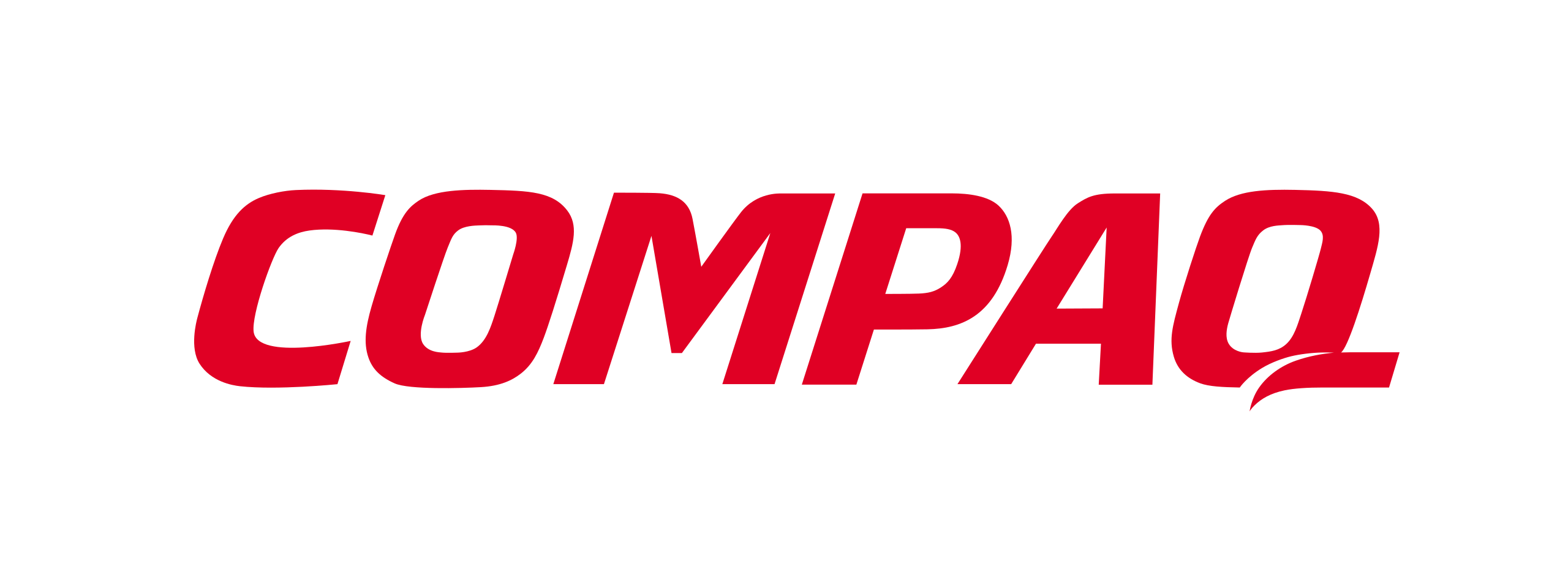9 Common Computer Emergencies And How To Fix Them
There is no doubt that smartphone technology is quickly catching up with computers. There are many smartphone and tablet manufacturers that now try to match the functions that you would be able to utilise when using a computer – whether a desktop or a laptop computer.
Still, there are some things that only a computer can do – or perhaps a computer continues to do better compared to a smartphone.
Unfortunately, computers are not perfect. There are many problems that you may run into when you constantly rely on a computer or laptop. Some problems are not major and may simply require a restart of the device. On the other hand, there are also a few computer-related problems that can be more serious.
No doubt, there is our emergency number that you can call in the middle of the night which runs 24 hours a day and 7 days a week 1300723628 if you run into computer troubles. The good news is, many computer problems can be diagnosed and treated without the need for a professional right away. Many of these issues can be fixed by yourself – but knowing when a pro is needed should be important too.
1. The Accidental Deletion Of An Important File
We will start with one of the most common problems that people tend to face – one that often happens accidentally. That moment you realize you have accidentally deleted a file on your computer that may be important.
When it comes to the deletion of an important file – note that an important file can mean one of two things:
- You may have deleted a file that is personally important to you. In such a case, this may be a video, photograph, or perhaps a document that you need.
- In other cases, you may have deleted a file that helps your operating system run properly.
Both cases can be quite disastrous.
The first step would be to see if the file might have been added to the recycling bin. Head over to your recycling bin and see if the file is present there.
If the file is not in your recycling bin, you should consider using a software application to help you recover those files. If the file is not there our data recovery experts can assist you in recovering the files we can assist over the phone and internet or attend to you in person at your home or office.
2. Water Or Liquid Damage
Drinking a cup of coffee while checking your emails early in the morning is surely a convenience. Unfortunately, when that cup of coffee tips over and covers your laptop – this could put you in quite a panic. Liquid damage is very common.
If you have a desktop computer, you can simply plug the keyboard or mouse out, depending on where the liquid spilled. Wait for the peripheral to dry and plug it back in. Unfortunately, you may not be as lucky if you have a laptop.
The first step to preventing serious damage when you spill something on your laptop is to switch it off as fast as you possibly can. Hold down the power button for a while until all the lights on the laptop are off.
Remove the battery from the laptop if possible. Turn the laptop upside down – with the keyboard and screen facing a downward position. Make sure your laptop is opened up when you put it down this way.
Get a lint-free cloth and wipe your laptop off. Try to use the cloth to absorb as much of the liquid as possible.
You should now allow adequate time to pass before you decide to turn the laptop on again. You need to make sure that the liquid has effectively drained from the laptop. Turning on your computer before all liquid has escaped can cause a short circuit – which may lead to permanent hardware damage.
We have a dedicated team specially dedicated to rescuing your computer liquid damage. We can assist in recovering your important files and get you up and running with a new computer and also can get your liquid damaged laptop running like new again.
3. Internet NBN Access Failed
Another common problem that you may run into with either a desktop computer or a laptop would be an internet connection that fails, runs slow or drops out intermittently.
The first step is obvious – check the router. This is often where the issue lies when your internet simply won’t open up web pages. See that all lights on your router light up. Make sure that you are connected to the router on your laptop or desktop computer.
If you have a wireless connection, then switch the Wi-Fi off on your computer and restart the modem. Reconnect and see if the problem resolves.
If this does not help, open up the network settings for the internet connection on your computer. Look for a “status” tab. If there is a problem noted with your internet connection on this tab, then the problem may lie with your internet service provider. If no problem is detected here, launch the troubleshoot tool on your operating system and follow the appropriate prompts.
If these steps fail, connect the router directly to your computer with an RJ45 network cable. If the internet problem still persists, it might be a good idea to contact your internet service provider for troubleshooting. If that doesn’t get you a resolution your local PC Doctor technician can come out and diagnose the root cause of the problem and also help liaise with your internet service provider if needed. We can also advise you on the latest and greatest NBN modem routers on the market that will specifically suit your requirements.
4. Infected With A Virus
Millions of computers are infected with viruses every year. When your computer is infected with a virus, it could put your personal and confidential data at risk. You are also facing other issues that may interfere with your ability to effectively use your computer – such as a computer that becomes simply too slow to use.
Prevention is a key factor when it comes to viruses. You should always have an antivirus program installed on your computer to protect you against virus attacks. Some software can also help to fight off malware and spyware. This adds more protection for your computer and the data on your laptop that is confidential.
Sometimes, however, virus attacks still happen. In these cases, you need to take action.
Downloading an effective virus scanning software is a useful step to take. Even if your computer is slow at the moment, try to be patient. Download the software and run it on the affected computer. In some cases, the program will be able to detect and remove the virus. A restart after this procedure may help to solve the issue. If this doesn’t help, we have our remote support team that can dial into your computer anywhere in Australia and remove the virus and also tune up your machine to have it running like new again.
5. Device Doesn’t Work Suddenly
We all use devices connected to our computers. Think about the peripherals you use, for example. You rely on a mouse to move the cursor on the screen. Sometimes you may prefer a touchpad instead. You rely on the keyboard to type. Some people connect their computers to a printer – this is a convenient way of printing photographs and documents.
There are cases where these devices just suddenly stop working. Perhaps you are trying to print an important document, and your computer simply fails to send the print command to the printer.
In these cases, there is a good chance that the problem may lie with the drivers of these devices. Drivers can become problematic in some cases – sometimes, the driver would be deleted accidentally, or maybe the driver was updated, and the update no longer supports the specific hardware you use. Two drivers may also clash.
First of all, visit the device manager on your computer. See if any devices have a yellow exclamation mark next to them. If this is the case, then the driver has a problem. Right-click on the device and choose the “uninstall” option. Once the driver has been uninstalled, remove the device from your computer and restart your laptop.
After restarting, reconnect the device to your computer. The driver will be re-installed. See if this solves the issue. If you still run into the same problem, however, consider plugging the device into a different USB port. You should also consider looking for updated drivers for that particular device (including its model) on Google. Sometimes, manually installing the device driver can help to solve the issue. Once again our remote support technicians can assist you should neither of the tips above work.
6. Laptop Screen Won’t Come On
When a laptop’s screen doesn’t turn on, it can mean quite a few things. The screen might be broken. The fault may also lie with the RAM, CPU processor, the graphics processor, or another part of the laptop.
Diagnosing the problem definitely starts by plugging the laptop into an external monitor. This can be the monitor you use with your desktop computer. You can also connect an HDMI cable to the laptop and hook it up to your television.
If you are able to see your laptop working on the external monitor, then there is likely a fault with your laptop’s built-in display. You can easily continue using the laptop with the external monitor – it will be similar to using a desktop computer, after all.
If the laptop doesn’t display anything on the external monitor, however, then you are likely facing a hardware problem. Once again we have a dedicated team that can assist with this, that specialises with what we call chip level repairs to call our office and they can explain pricing and how it all works.
7. Computer Takes Ages To Load
There are a few reasons why a computer may suddenly become slow. As we did mention previously, sometimes a virus infects a computer. This can cause the computer to work slower than it usually does. Downloading a virus scanner is a good way of determining if this might be the cause.
Another thing that you should do is take a look at the startup services, as well as the currently active programs on your computer.
Open up the task manager of your computer. Now, navigate to the “Startup Tab” to see what programs will start when your operating system loads. If you find anything on the list that you do not rely on every time you use your computer, turn it off.
Also, consider looking at the “processes” tab. This tab tells you what programs and applications are running at the moment. See if there are any processes you do not use – turn these off and see if it resolves the problem.
When Should You Call A Professional?
We considered some of the most common problems that you may run into when you use a computer on a regular basis. These problems are experienced on a daily basis by millions of people.
What many do not realise is that quite a large number of these common computer problems can be effectively solved by themselves. When you do not realise that you are capable of solving some of these problems, you may end up paying hundreds of dollars to get a professional out.
At the same time, you should take note that there are cases where calling a professional may be a better option. This is generally the case when you run into a problem caused by hardware-related issues. When your computer runs into a hardware problem, then you will likely need a computer specialist to take a closer look at the device. A replacement or repair will generally be needed to ensure you can continue using your computer without the current issue getting in your way.
Some signs of hardware problems that may require a professional include:
- When the computer is performing slowly due to an old processor, then steps taken to improve the performance at a software level may not yield effective results. The same goes for inadequate RAM on your computer.
- There are some cases where a computer is failing to recognise USB devices have a faulty port, instead of the issue being linked to a driver issue.
- When all applications on a computer fail to start or work correctly.
- The feared Blue Screen of Death is sometimes also linked to hardware-related problems.
- Exceptional delays when trying to read the information contained in files.
- When the computer continuously shuts off suddenly without any warning or notifications. This may happen a few minutes after the computer has been running. In some cases, the computer will shut down while it is still booting up.
- When there are unusual noises that come from the computer, then it will often be a sign of a hardware problem too.
Conclusion
There are a few problems that many people tend to run into while they are using a computer. Whether you rely on a desktop computer or a laptop, there are several potential issues that you may run into. Understanding what has happened to your computer and what actions to take is important. At the same time, you should know when your local pc doctor technician will be needed.
References
- https://www.minitool.com/data-recovery/retrieve-deleted-files-on-pc.html
- https://www.online-tech-tips.com/computer-tips/cannot-connect-to-internet-in-windows/
Written by The Original PC Doctor on 14/02/2020.






















































































